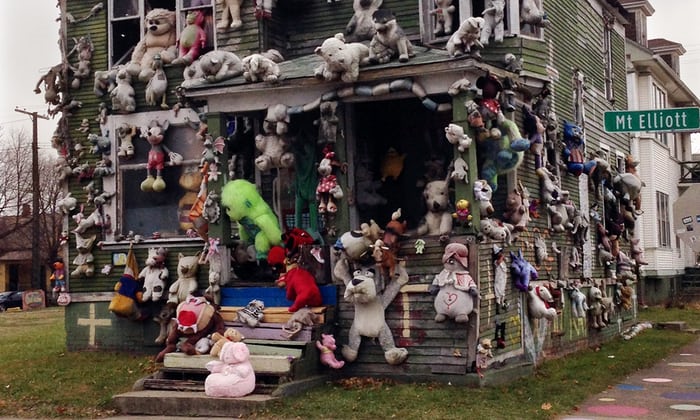Hoarding in children
Hoarding is a serious problem. In 2015 it was added to the Diagnostic and Statistical Manual of Mental Disorders 5th Edition (DSM5), and is linked to other disorders such as OCD and anxiety – it is a problem that needs to be addressed. Hoarding in children can become apparent, according to the article ‘Hoarding in Children’ by Childmind, as early as 6 years old.
If caught early, hoarding in children can be treated and the causes can be addressed. However, it can often be difficult to identify – hoarding in adults will involve amassing unmanageable amounts of ‘stuff’, whereas children simply won’t have the opportunity or means to do that. So how can we identify hoarding in children?
Early signs of hoarding in children
Rather than looking at the amount of things that a child keeps, it is better to look at their attitude towards them, paying particular attention to the items that aren’t of any use to them any more. Things like broken toys, random items that they’ve found while out and about (such as sticks or pencils), clothes that no longer fit or even food that they haven’t eaten.
If, when you suggest getting rid of these items, they refuse and become excessively angry – showing signs of extreme stress at the prospect – behavioural health organisation ‘Promises’ suggest that this could be an early sign of hoarding.
It may also be helpful to look at the people close to the child, as hoarding is often a trait that runs in the family, usually a parent. In fact, it is suggested, again by the DSM5, that half the people that hoard have a relative that also hoards.
Hoarding vs. collecting
Children will start gathering and collecting things very early on, and can play a huge part in their cognitive development. Learning how to sort, arrange or order various items is a vital skill for them to develop, as well as showing their taste – liking some items better than others. On top of developing individual skills, all of this helps to create their own identity and is a positive and healthy pastime for children.
The thing that differentiates hoarding, however, is the lack of order or organisation – it’s not a collection, they’re just things. There will be no order, and no use for the items, and they will struggle to justify why they have them.
Even with children, there should be some sense of value in their collecting – they will want to show their collections to people and tell them all about it.
Conversely, when looking at hoarding in children, the child will often hide these things away, partly through shame and partly because they are worried that they’ll be seen and thrown away. There is a sense of knowing that what they are doing is strange or wrong, but they can’t help themselves.
The impulse is also more prominent, not when gathering these items as you might expect, but more when it comes to the prospect of no longer having them – that’s when the anxiety kicks in and they struggle to control themselves.
Treatment for children who hoard
Depending on the severity of the condition, there are a few different options in terms of treatments for children who hoard. Some can be applied by parents without any professional intervention.
While it is not advised to simply remove all of the items that are being hoarded (this can cause dangerous trauma to the sufferer), it is a good idea to limit the amount of items being collected, perhaps by area – for example Promises recommend restricting the number of toys they have to those that will fit in their toy box.
The next step would be to reward them for getting rid of things, creating warm feelings of pride and satisfaction to replace those of anxiety, obviously being careful not to use possessions as rewards, instead try pastimes or trips out that you can do together.
It may well be that the more severe cases require a form of therapy, of which there are many options. According to Childmind, the preferred clinical treatment for children who hoard is exposure with response prevention (ERP). This would involve ranking their items in order of ‘most cherished’, and then working on getting rid of the least cherished. This all helps reinforce the message that they can survive without these items. Often, as mentioned above, the situation will be as a result of family members suffering from hoarding disorder, which will need to be treated as well. If you need any advice or support, please visit our hoarder cleaning services page and fill in one of our free estimate forms below to speak to our team about how we can help.



